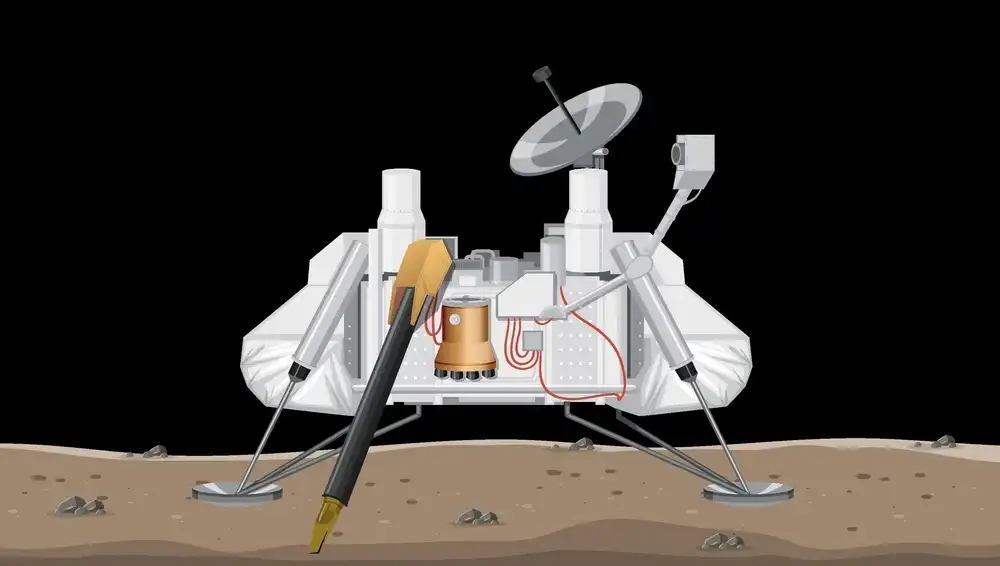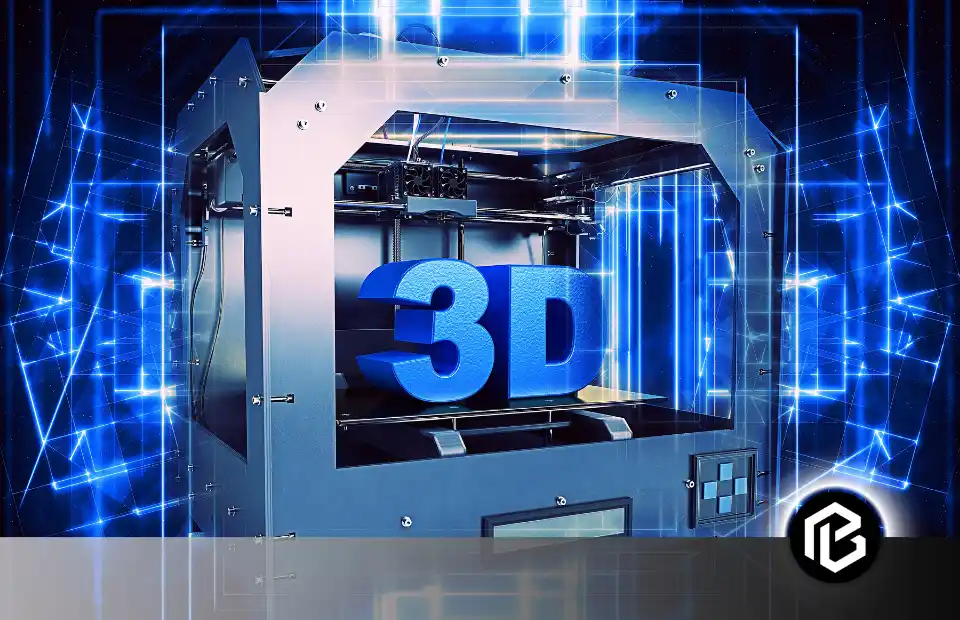Exploring space has always been the most exciting topic for human beings. The craze of discovering unknown parts of the universe has invited man to develop new technologies and push down the boundaries of impossibilities. Space Exploration Robotics has paved the path for these experiments also the Role of Artificial intelligence in customer service is mind-blowing.
However, there have been many challenges in the Space Exploration Robotics field. These risks and challenges have been minified through the advancement in Artificial Intelligence.
The Pioneering AI-Driven Space Exploration Robotics Project
There have been multiple exciting Space Exploration Robotics projects like recently NASA creates Exobiology Extant Life Surveyor to explore the space, which looks like a snake. The Viking Mars Mission was the first AI-based project that opened the doors to the unknown world.

This mission aimed to explore the surface of Mars and search for signs of past and present life. Many scientific instruments and robotics have been used in these missions to analyze the Martian soil and atmosphere.
The Viking landers relied on a computer system known as the Onboard Computer Subsystem to autonomously control these experiments and make decisions based on the data collected. This computer system employed essential AI and pattern recognition techniques to interpret and respond to data from the various sensors and instruments on board.
Applications of Robotics in Space Exploration
Mars Exploration

Mars, often called the Red Planet, has been the focus of numerous exploration projects. Notable missions include the Mars Exploration Rover mission, the Mars Science Laboratory mission (featuring the Curiosity rover), and the ongoing Mars Perseverance mission. These robotic explorers are designed to collect data, capture images, and conduct experiments on Mars. They are equipped with advanced technology to withstand the harsh Martian environment and provide valuable insights into the planet’s geology, climate, and potential for past or present life.
Lunar Missions

The Moon, Earth’s closest heavenly neighbor, has Interested humanity for centuries. The historic Apollo missions, including Neil Armstrong’s iconic Moon landing in 1969, provided invaluable information about our lunar companion. Future lunar missions encompass robotic missions to explore the Moon’s surface, sample return missions to bring back lunar materials, and even human missions to establish a sustainable presence on the Moon. These missions will deepen our understanding of the Moon, pave the way for future exploration, and enable the utilization of lunar resources.
Asteroid Mining

Asteroids, small rocky objects that orbit the Sun, are rich in valuable resources like precious metals, rare minerals, and water. Asteroid mining aims to extract these resources to support both space exploration and Earth’s economy. AI has played a crucial role in asteroid mining by Supporting in data analysis, identifying potential mining targets, optimizing mining operations, and developing autonomous systems for spacecraft navigation and resource extraction. AI algorithms also facilitate real-time decision-making, allowing adjustments based on changing conditions.
Satellite Servicing
Satellite servicing refers to satellites’ maintenance, repair, and refueling in space.
There are robots designed explicitly for satellite servicing. These robots have advanced technology and tools to perform these tasks in space. They can be remotely operated or use autonomous capabilities to carry out complex operations. These robots play a crucial role in maintaining and extending the lifespan of satellites, ensuring their optimal performance.
Deep Space Probes
Deep space probes are spacecraft designed to explore and study Space bodies beyond our solar system. These probes carry advanced tools and technology to collect data. They can also capture images of distant planets, galaxies, and other cosmic objects. Moreover, AI robots are pivotal in deep space exploration, aiding in understanding life patterns and navigating complex environments.
Notable deep space probe missions include Voyager 1 and Voyager 2, New Horizons, Cassini-Huygens, Juno, Dawn, Mars Rovers (Spirit, Opportunity, Curiosity, Perseverance), Rosetta, Hayabusa2, and Chang’e missions (Chang’e 1, 2, 3, 4, 5), among others.
The Advantages and Challenges of Robotics in Space Exploration
Advantages
- Robots are faster and more precise than humans at performing tasks.
- Robots can venture into dangerous environments without risking human lives.
- They can operate for long periods and enable long-time missions.
- Robots excel at delicate tasks, such as collecting samples or setting equipment.
- Robots can gather vast amounts of data and transfer it back to scientists on Earth.
Challenges
- The time delay between Earth and space can complicate real-time operations.
- Performing maintenance or repairs on robots and AI in space can be difficult.
- Ensuring a stable power supply for robots and AI in space is complex.
- Managing limited resources, such as fuel or energy, for robots and AI is crucial.
- Indeed, Ensuring Trustworthy and strong software for robots and AI is important.
- The use of robots and AI raises ethical questions. Moreover, their potential impact on Outer space life.
Conclusion
In conclusion, The journey of Artificial Intelligence in space exploration robotics is an ongoing adventure with no end in sight. The possibilities are boundless. In the future, consequently, we may witness fully autonomous spaceships operated by smart robots. Indeed, Human habitation outside of Earth could become a reality, all thanks to AI and robots. The excitement of space exploration is just beginning, and the sky is not the limit. It’s just the beginning of the next great chapter in human exploration.
Frequently Asked Questions on Space Exploration Robotics
What are some examples of AI applications in space exploration robotics?
AI is used in space exploration robotics for tasks such as autonomous navigation, object recognition, sample analysis, and spacecraft control, allowing for more efficient and effective exploration of celestial bodies.
How does AI enhance autonomy in space exploration robots?
AI algorithms enable space exploration robots to make decisions independently based on sensory data and predefined objectives, reducing reliance on ground control and enabling real-time adaptation to changing environmental conditions.
What challenges does AI face in space exploration robotics?
Challenges in space exploration robotics include the need to develop AI algorithms robust enough to withstand the harsh conditions of space, minimize computational resources, and ensure reliability and safety in autonomous systems.





